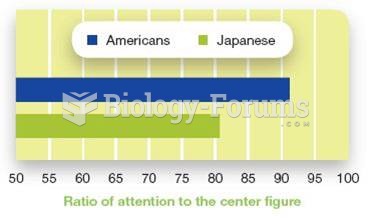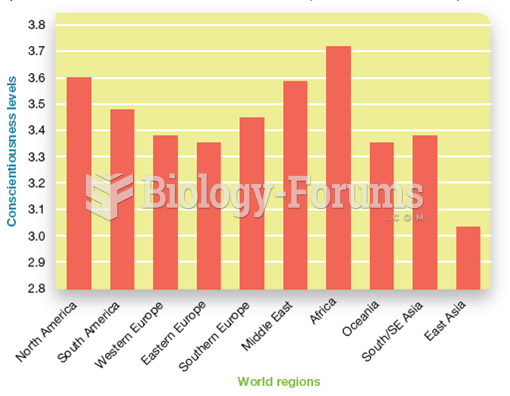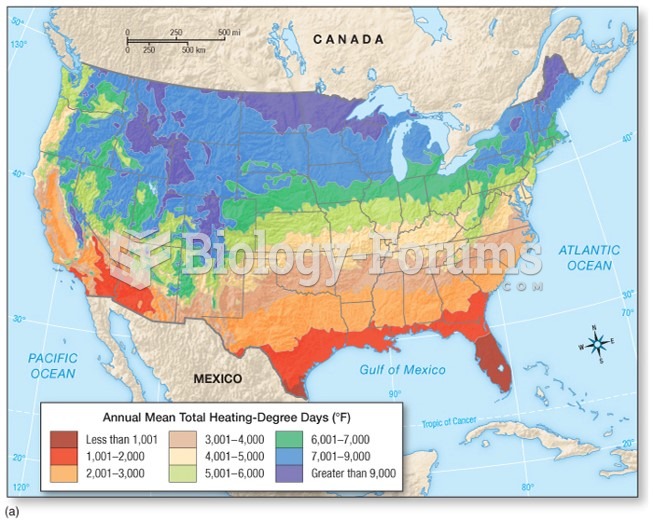Answer to Question 1
A conventional marketing channel is one in which each member of the supply chain is loosely aligned with the others and takes a short-term orientation. Each member's orientation is toward the subsequent institution in the channel. All the members of the channel focus on their immediate desire to close the sale or create a transaction. Thus, the conventional marketing channel consists of a series of pairs in which the members of each pair recognize each other but not necessarily the other components of the supply chain. The conventional marketing channel is a sloppy and inefficient method of conducting business. It fosters intense negotiations within each pair of institutions in the supply chain. In addition, members are unable to see the possibility of shifting or dividing the marketing functions among all the participants. It is an unproductive method for marketing goods.
Vertical marketing channels are capital-intensive networks of several levels that are professionally managed and rely on centrally programmed systems to realize the technological, managerial, and promotional economies of long-term relationships. The basic premise of working as a system is to operate as close as possible to the 100-percent efficiency level. This is achieved by eliminating the suboptimization that exists in conventional channels and improving the channel's performance by working together. Formerly adversarial relationships between retailers and their suppliers are now giving way to new vertical channel partnerships that minimize such inefficiencies. Quick response (QR) systems or efficient consumer response (ECR) systems, which are identical despite the differing names adopted by various retail industries, are designed to obtain real-time information on consumers' actions by capturing stockkeeping unit (SKU) data at point-of-purchase terminals and then transmitting that information through the entire supply chain. This information is used to develop new or modified products, manage channelwide inventory levels, and lower total channel costs. There are three types of vertical marketing channels: corporate, contractual, and administered.
Answer to Question 2
True







